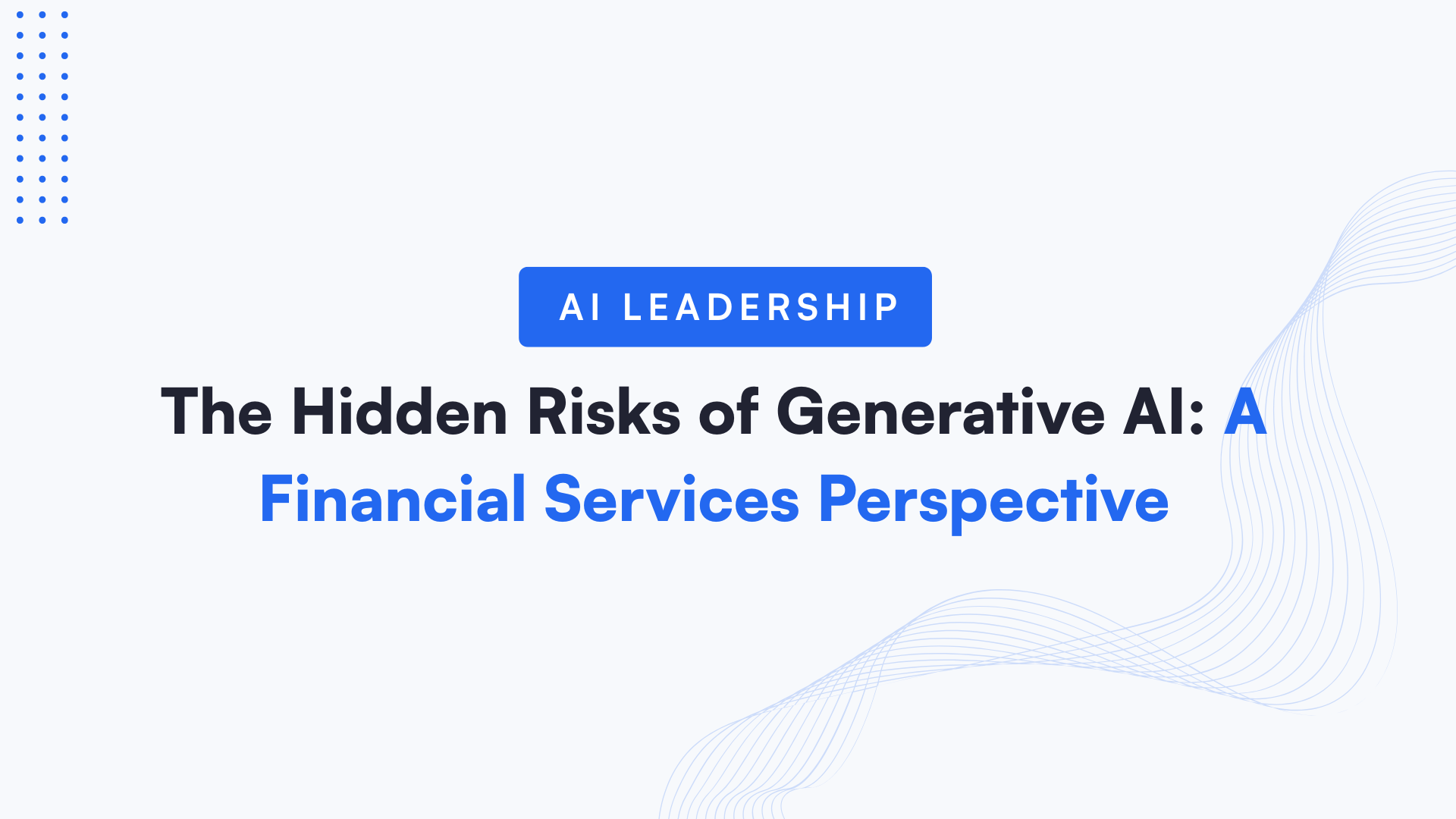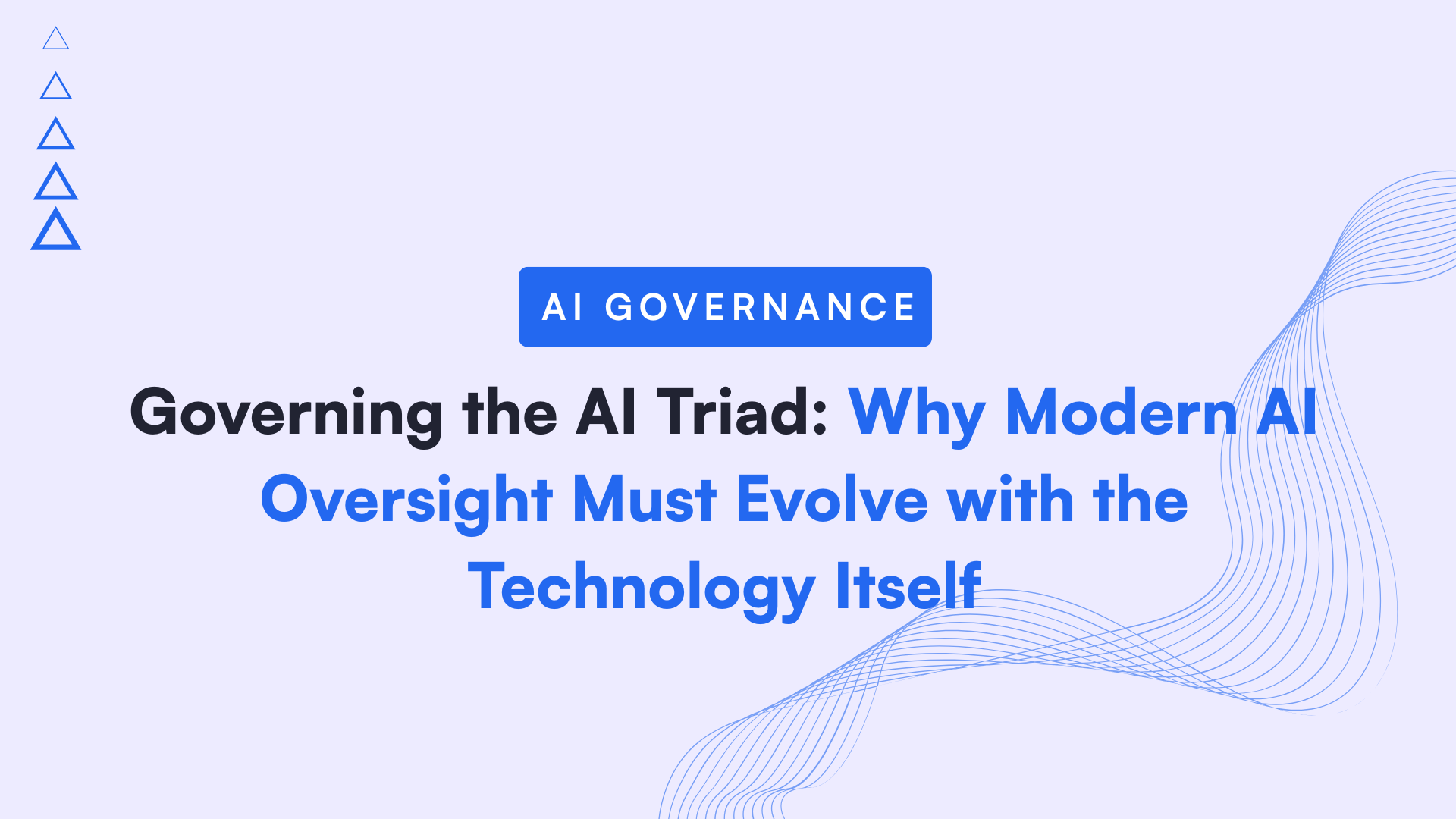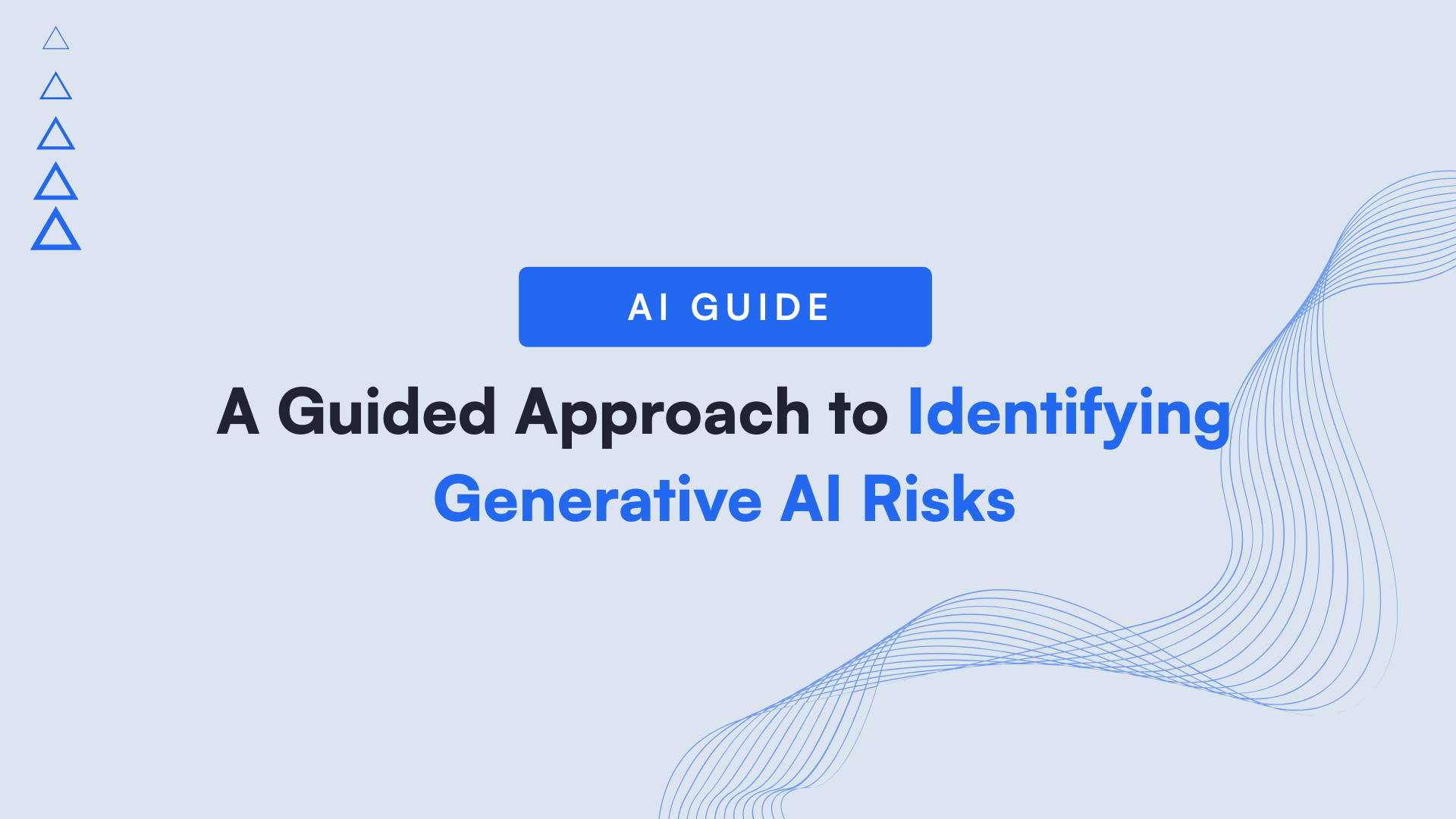In today’s hyper-connected and innovation-driven world, Artificial Intelligence (AI) is no longer just a buzzword. It is a critical strategic asset.
But the enormous potential of AI comes with significant responsibilities - particularly the responsibility to manage risks effectively.
That’s where robust AI Governance steps in. Here’s how forward-looking enterprises structure AI governance for maximum innovation with minimal risk.
1. Comprehensive Inventory of AI Models
It all begins with knowing exactly what you are governing. Just like valuable assets in any business, AI models need meticulous cataloging. Think of these AI models as your organisation’s “crown jewels” - precious yet vulnerable to misuse, tampering, or theft. A robust inventory ensures:
- Consistent policies: Standardised governance applied universally.
- Risk clarity: Classification of models by potential risk.
- Transparency: Single-pane visibility of your AI assets.
- Strategic insights: Easy integration into management dashboards.
Capture crucial details: the model’s purpose, target users, jurisdiction, data sources, development techniques, and evaluation metrics. This detailed inventory becomes your governance foundation, empowering informed decision-making and risk management.
2. Strategic and Systemic Risk Management
Risk management must be dual-layered - strategic at the leadership level and systemic at the operational level.
- Organisational Risk: Leaders must avoid the trap of AI for AI’s sake. Key questions include:
- Do we possess the right skills and technological resources?
- Are our data governance frameworks robust enough?
- What legal, ethical, and compliance risks could we face?
- Systemic Risk: At the operational level, each AI system or use case requires tailored risk assessment:
- Evaluate safety, security, fairness, transparency, and compliance.
- Align risk assessments with industry standards, such as NIST AI principles.
Integrating strategic and systemic risk management helps enterprises align AI innovation with organisational resilience.
3. Robust Data Governance
Data fuels AI - but also exposes it to significant risks. Effective data governance addresses:
- Training Data Appropriateness: Ensuring data sources align with intended outcomes.
- Data Quality: Maintaining accuracy and integrity through the data lifecycle.
- Security Risks: Preventing data poisoning and leakage incidents.
- Data Diversity: Representing all user demographics to avoid biases.
- Privacy Compliance: Working closely with legal and privacy teams to protect user data and comply with regulatory standards.
Great AI starts with great data governance - ensuring models are fair, secure, and compliant.
4. Model Verification and Validation
Traditional software testing strategies fall short with AI models. AI-specific testing strategies must ensure models are robust, fair, and accurate:
- Validation Techniques: Employ adversarial testing to gauge robustness against unexpected inputs.
- Bias Mitigation: Regularly perform unfairness testing to detect and mitigate biases.
- Collaboration: Security and engineering teams must jointly define and execute robust testing frameworks.
Given industry-wide uncertainty about optimal validation practices, documenting clear metrics and thresholds (such as acceptable error rates or hallucinations) is essential before any AI deployment.
5. Continuous Monitoring and AI Observability
AI risks don’t stop at deployment - they evolve continuously. Effective post-deployment monitoring ensures ongoing model reliability and security:
- Key Metrics: Continuously track performance, drift, bias, and explainability.
- Proactive Alerts: Define thresholds that, when breached, trigger immediate responses from security, operational, and engineering teams.
- Real-time Insights: Deploy specialised AI observability tools to spot and address issues promptly.
Continuous monitoring enables rapid response, protecting the organisation and its stakeholders from evolving AI risks.
Embedding AI Governance into Organisational DNA
Implementing these five pillars is not just about compliance - it is about embedding responsible innovation into your company’s culture. For AI governance to thrive, executive leadership must champion the cause actively. Regular discussions on AI governance at executive levels foster a proactive culture of risk management, innovation, and transparency.
With these foundational pillars firmly in place, organisations can confidently leverage AI’s transformative power - achieving the delicate balance between innovation and governance essential for sustainable growth.



.png)









.png)

.png)
